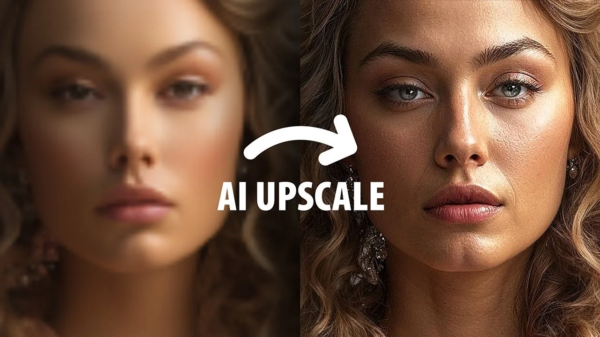COVID-19 has had a profound impact on the world, dividing history into a ‘pre-pandemic’ and ‘post-pandemic’ era. One of the notable areas where behavior has significantly changed is shopping. This article explores the shifting consumer landscape and provides insights into the key changes in post-pandemic consumer behavior.
1. Hybrid Shopping: Adapting to the Digital Age
The pandemic forced even the less tech-savvy generations to embrace online shopping. Consumers learned how to effectively navigate online platforms, research products, compare deals, apply filters, and make secure payments. While many returned to retail stores, they did not abandon the convenience of digital shopping entirely. According to the Shoppers Experience Index 2022 survey, 64% of shoppers now conduct online research before visiting a physical store. This shift has empowered consumers with easy access to information, allowing them to make informed decisions before stepping foot in a store. Retail executives must stay agile and quickly identify customer preferences to provide personalized recommendations, just as online platforms do.
2. Shifting Customer Loyalty: Seizing the Opportunity
COVID-19 disrupted consumer behavior patterns, leading to a change in customer loyalty. Consumers redirected their preferences and priorities based on the situation’s demands. For example, a fitness enthusiast who previously focused on strength training at a local gym might have discovered Pilates or swimming online and shifted their spending toward these activities. While post-pandemic buying behaviors are solidifying, businesses can leverage this trend by positioning their products or services as favorable alternatives. Capitalizing on changing preferences can help businesses attract new customers and retain existing ones.
3. Long-Term Perspective: Emphasizing Value and Wellness
Post-COVID-19, shoppers have developed a long-term perspective when it comes to electronics, housing, fashion, and food. There is an increased emphasis on home-cooked meals, even though dining out remains popular. Local groceries can take advantage of this trend by offering loyalty programs and catering to the region’s fitness and wellness goals. As more individuals embrace remote work, there is a ripple effect that translates into various lifestyle changes. For instance, saving on fuel expenses may motivate buyers to invest in better cars, while spending more time at home could lead to the creation of home gyms and offices.
4. Sustainability and Luxury: A Shift in Consumer Values
Post-pandemic, there has been a noticeable emphasis on both sustainability and luxury goods. Although revenge shopping briefly occurred as lockdowns eased, consumers, particularly the younger generation entering the job market, now prioritize sustainable purchases, especially in fashion.

Rather than opting for fast fashion brands, they prefer products that align with their values of quality, sustainability, and luxury. Luxury goods offer a sense of everlasting quality, akin to heirlooms, and provide prestige and value for the money spent. Luxury has become intertwined with sustainability as consumers seek products that align with their ethical values.
5. Comfort as a Priority: Catering to Consumer Needs
COVID-19 prompted brands to prioritize customer convenience, particularly as individuals experienced fear and uncertainty. With comfort and ease as top priorities in the post-pandemic world, consumers, especially Gen-Z, seek value in every aspect of their lives, including shopping, entertainment, and careers. Any inconvenience in the consumer journey immediately diverts their attention elsewhere. To mitigate pain points, brands must ensure a seamless shopping experience by offering online shops connected to all platforms where their products are showcased. This integration reduces friction and provides consumers with easy access to product information, allowing them to make purchases from the comfort of their homes.




































